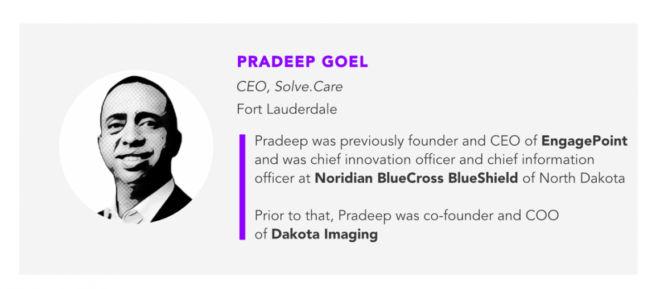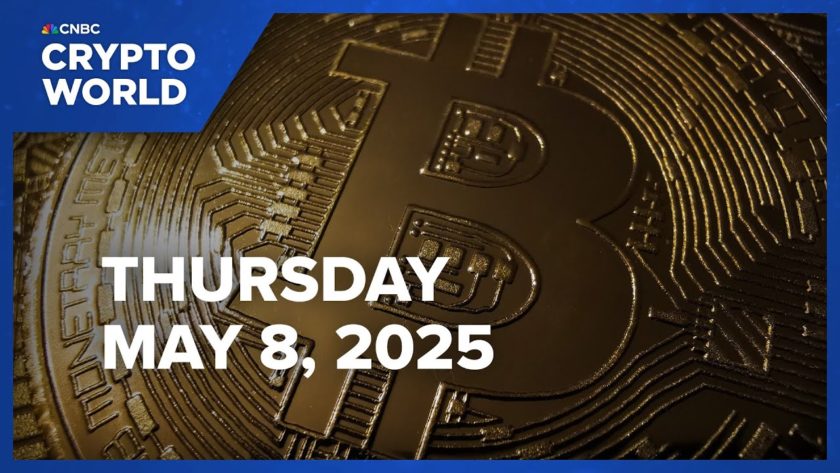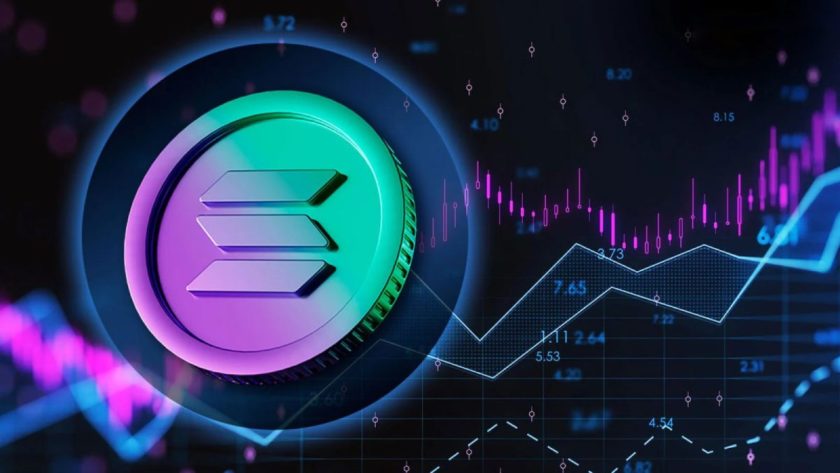Over the past several years I have dedicated myself to making blockchain work for the healthcare sector. The widespread inequalities and inefficiencies in our global health systems are beginning to show now, more than ever. The coronavirus pandemic has laid bare the urgent need for new solutions to age-old problems, including how society could benefit from the widespread deployment of a blockchain-based healthcare platform.
Digital ledger applications have the power to resolve systemic problems affecting global supply chains. This is certainly true: once in effect, we will have the ability to trace resources in real-time from point of deployment to point of arrival. What’s more, and, by the same means, we will know a given product is genuine. In healthcare, whether with Covid-19 tests or steroids that may improve a person’s likelihood of survival, knowing the consumer has received authentic goods is critical. For all its radical implications, frictionless logistics is only the beginning.
Telemedicine is not a new idea, but now it’s time has come to flourish. While many people all over the world are currently self-isolating for fear of getting ill, many more are also quarantining to reduce the spread of the virus. Despite the critical importance of these measures, unfortunately that doesn’t mean people will stop falling sick.
With this in mind, and against the backdrop of a sharp decrease in patient-doctor appointments since the onset of Covid-19, it is clear the pandemic has changed the way healthcare is organized and delivered. As a result, we are witnessing an increased adoption of telehealth, whereby patients can connect with doctors without undue exposure. In lowering exposure, we’re lowering the volume of those in need of emergency care on the front lines. That includes the doctors, nurses, and paramedics themselves, all of whom put their own health on the line taking care of the rest of us.
Telemedicine platforms enable credentialed physicians to provide clinical advice remotely, and, when required, monitor patients remotely. Patient-centric continuous monitoring is essential when a treatment plan is demanding. Is a diet being adhered to, a prescription filled, or medications being taken as prescribed? In these instances — in caring for diabetics, the elderly, or someone who has had a stroke — continuity of care becomes a pressing concern. Putting patients’ medical records on the blockchain ensures coordinated and coherent medical attention with sensitive data kept secure and private. Patients can ensure their medical history is securely managed and choose whom to share what information with. As the data is stored on the blockchain, it’s immutable, which means it cannot be tampered with. Peer-to-peer transmission is instantaneous.
This fundamentally disruptive blockchain solution is a marked improvement on the prevailing impracticality of siloed, centralized nodes in a fragmented system failing to dispense time-sensitive information to overworked doctors distracted by labor-intensive administrative tasks. All of this can be elegantly averted. The same is true for appointments. As we know, a consultation with a specialist is often difficult to arrange, and as often preempted or delayed.
One of the benefits of telemedicine is, provided you can access the internet, it doesn’t matter where in the world you are. Someone with a persistent fever in rural Idaho whose access is currently curtailed is just as entitled to quality care as someone in Forest Glen, Chicago. Putting a registry of available physicians on the blockchain at a patient’s disposal makes the probability of getting an appointment within the hour very high. Challenges to connect and follow up with a physician should not be tolerated in the 21st century.
Telemedicine has distinct advantages for care providers as well. Records and bookkeeping have already been discussed. A reputable platform won’t demand fees or have providers ransom their earnings only after exhaustive administrative formalities have been performed. Once again blockchain can play a decisive role. Payments can be made via a digital currency such as a utility token native to the ecosystem as soon as an appointment is confirmed. The transaction is secure and registered on the ledger. Converting the token to a fiat currency can be done through a few clicks on a mobile device.
While blockchain is new, it’s no longer in its infancy. Conjoined with telemedicine, it has the potential to reform the entire healthcare industry. What 30 years of institutional paralysis declared impossible, blockchain will set in motion overnight. More will be accomplished in less time for less money and better health outcomes will be enjoyed by a larger, diversified global community.




